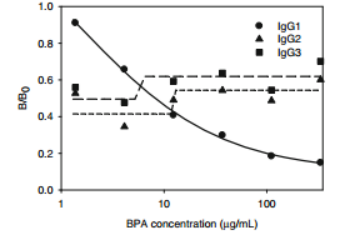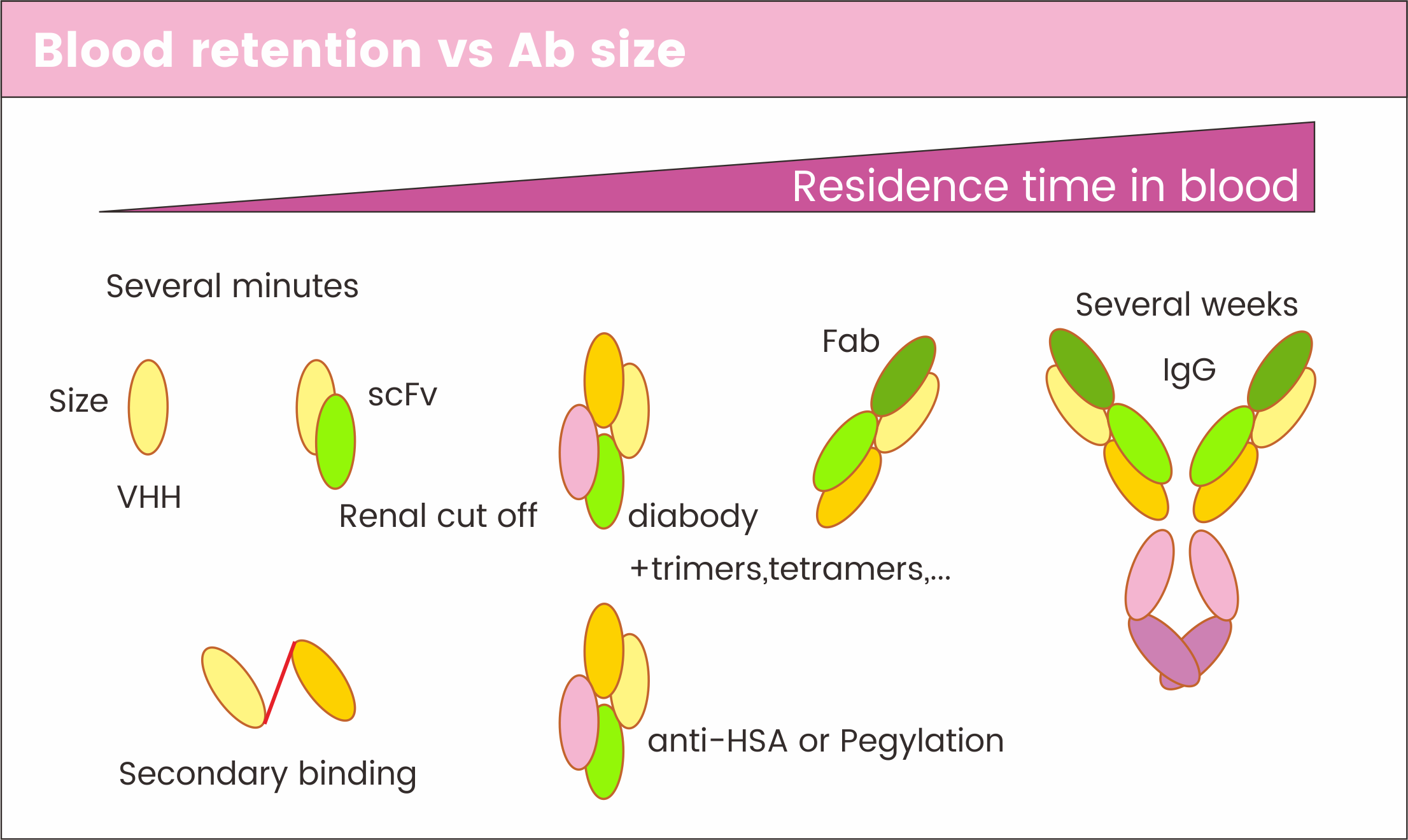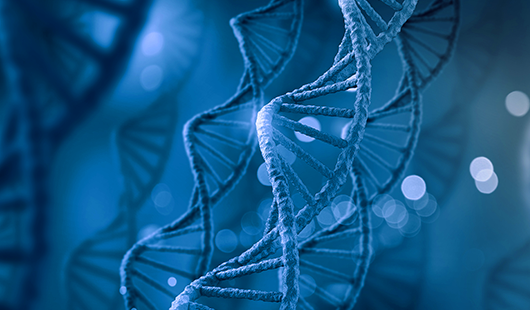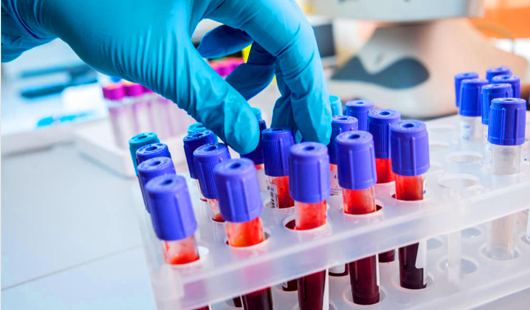1. Advantages of VHHs in Small Molecule Detection
Small molecules typically refer to compounds with a molecular weight less than 1000 Da, which can include a variety of substances such as physiological hormones, pesticide and veterinary drug residues, and fungal toxins. Due to their small size and single antigenic epitope, small molecules cannot bind to two antibodies simultaneously, and competitive immunological analysis methods are commonly used to detect them.
Compared to traditional monoclonal and polyclonal antibodies, VHHs offer several advantages. These advantages include:
Smaller size: VHHs are single-domain antibodies that are derived from camelid antibodies. They are smaller in size than traditional antibodies and can more easily penetrate tissues and reach target antigens.
Greater stability: VHHs are highly stable and resistant to denaturation, which makes them ideal for use in harsh conditions such as high temperatures or extreme pH.
Higher specificity: VHHs have a high degree of specificity for their target antigens, which reduces the likelihood of off-target effects.
Ease of production: VHHs can be easily produced in large quantities using recombinant DNA technology, making them a cost-effective alternative to traditional antibodies.
Overall, VHHs are a promising tool for immunological analysis of small molecules due to their small size, stability, specificity, and ease of production.
2. Antigen preparation
Small molecules are not inherently immunogenic, which presents a challenge in developing immunological assays for them. The synthesis of complete antigens is a crucial step in addressing this challenge, as it affects the availability of VHHs. Currently, whole antigens of small molecule substances are mainly synthesized through the artificial chemical coupling of activated small molecules with carrier proteins. This process requires careful consideration of multiple factors and often relies on personal experience.
In the preparation of complete antigens, two antigens with different carrier proteins need to be prepared simultaneously, one for immunization and one for nanoantibody screening and detection. 3. Serum testing
After three to four rounds of immunizations, we collect whole blood from the jugular vein of the alpaca. The serum is then tested for competitive inhibition, and if the IC50 reaches ng levels with the test candidate, it is considered mostly successful. However, if a suitable nanoantibody is not identified, the project can be terminated. Through serum purification and typing, we discovered that only IgG1 is capable of competitive inhibition, while IgG2 and IgG3 are not. As a result, we exclusively use IgG2 and IgG3 for all of our small molecule VHH projects.

4. Screening for high-affinity, high-specificity nano-antibodies from a constructed library involves several key steps:
4.1. Antigen presentation: BSA or OVA are commonly used carriers for small molecule screening antigens, and solid phase screening presentation is typically used. Antigen is fixed in the wells of an enzyme plate by physical adsorption, and unrelated proteins like BSA or skim milk powder are used for blocking.
4.2. Selection pressure: Control of the selection pressure during screening is critical. The aim of the first round is to capture positive clones while removing non-functional phage remnants. A multi-well post-encapsulated target with a large number of soluble targets should be used to maintain library diversity. Subsequent rounds should increase selection pressure by increasing washes, time, and decreasing encapsulation concentration.
4.3. Elution: Competitive elution is the most effective method for small molecule antibody screening. The concentration of the small molecule in the competitive eluate should be from high to low, based on reported literature. Acid elution is another commonly used method.
VHH has gained significant attention among researchers and scholars for their potential applications in food safety, including the detection and analysis of harmful substances in food and plant resistance to pests and diseases. Due to its strong antigen recognition ability, it is highly suitable for immunological detection of toxic small molecule compounds such as mycotoxins or pesticide residues.



